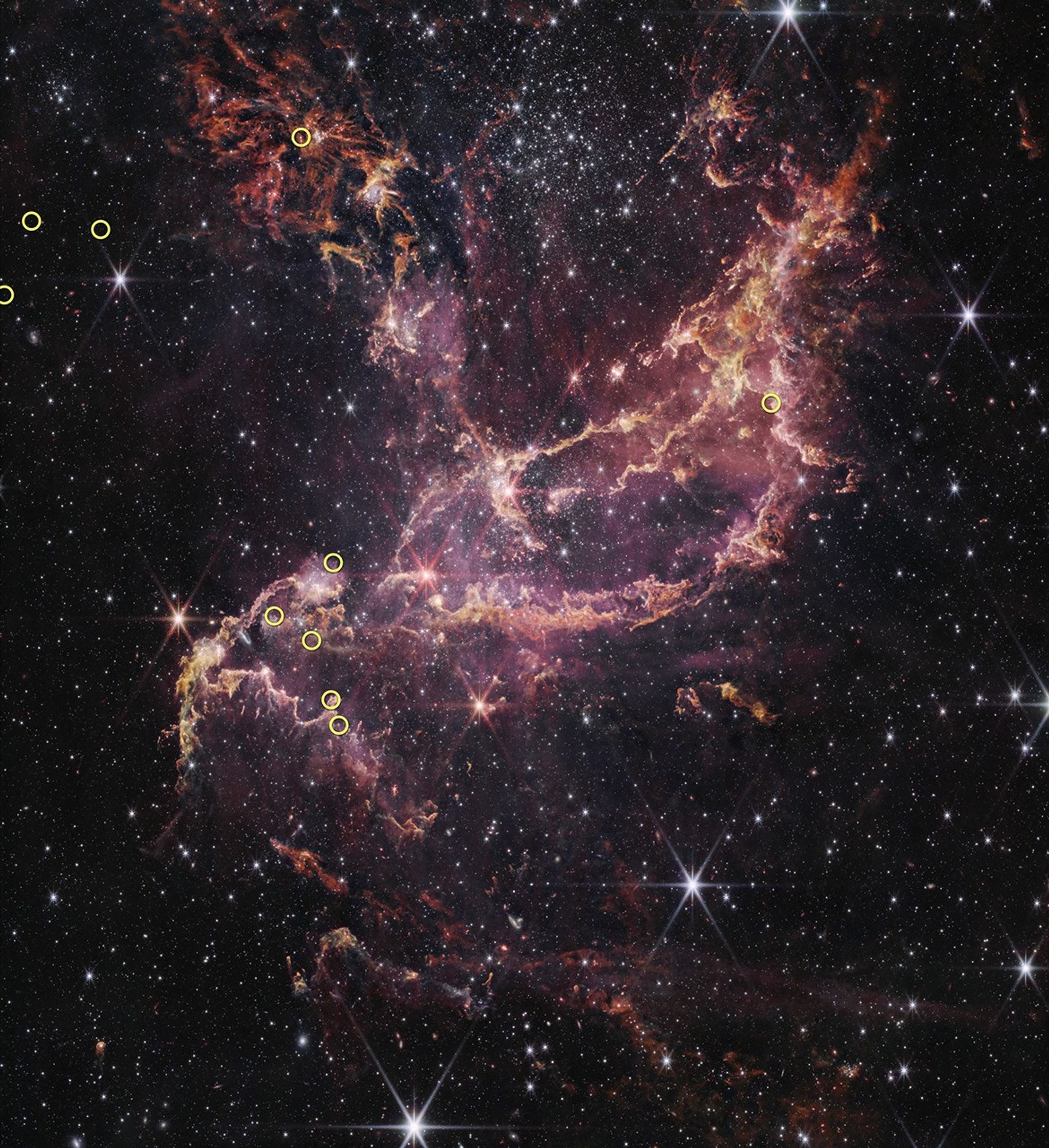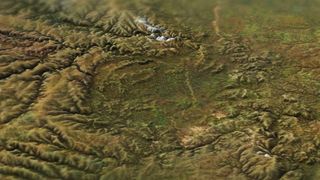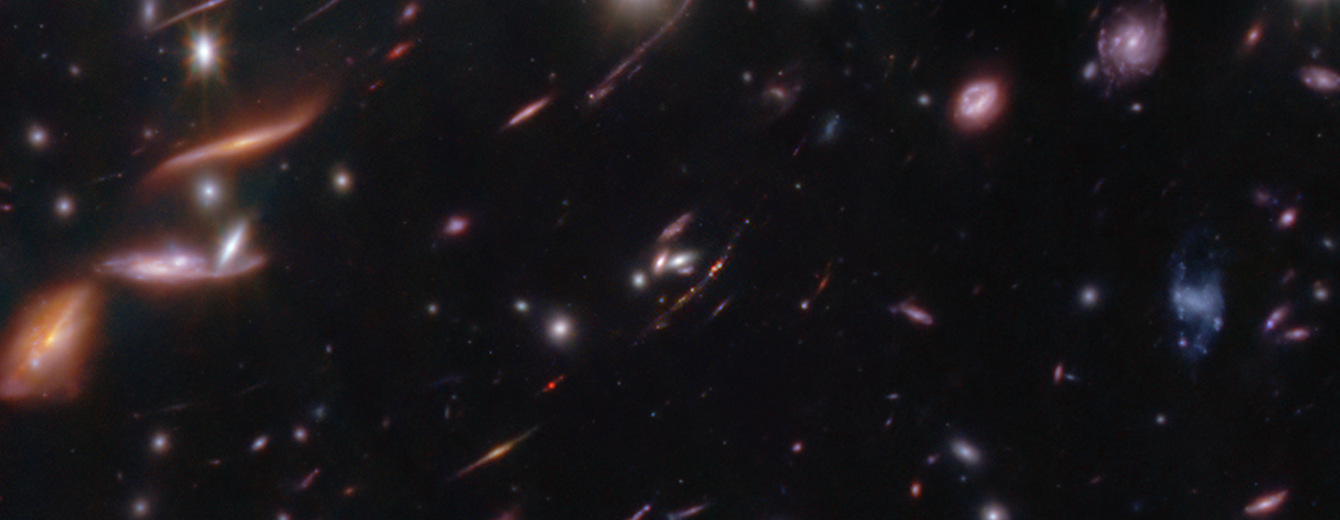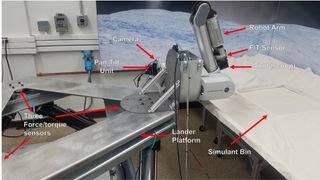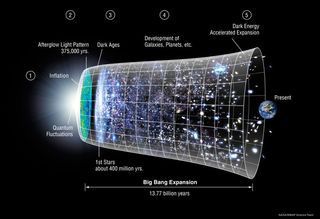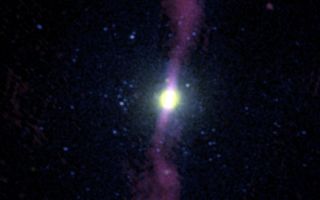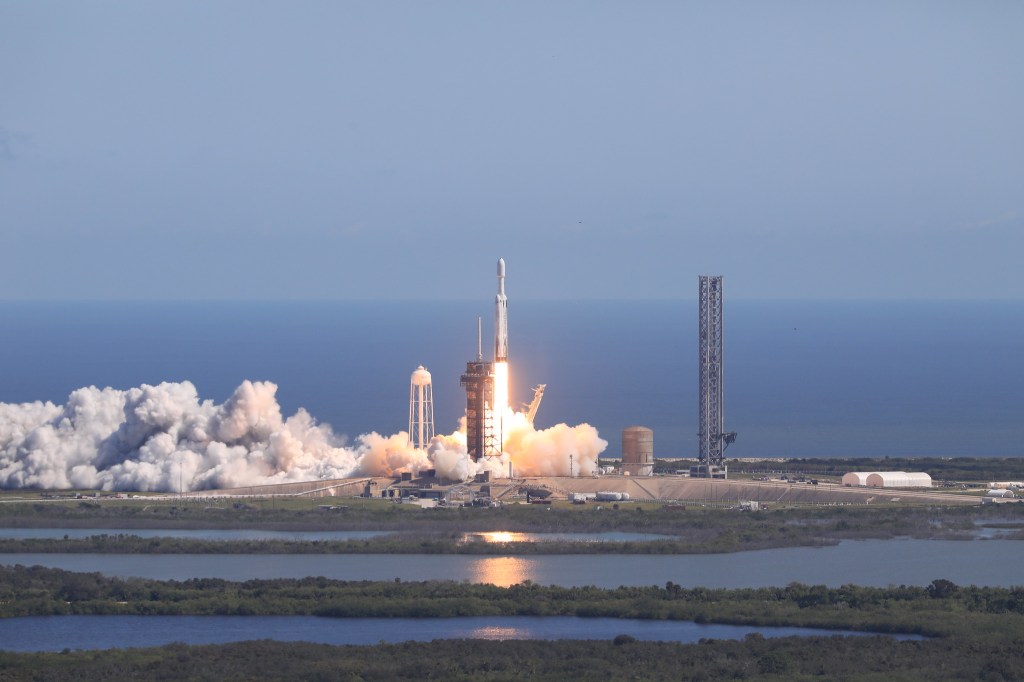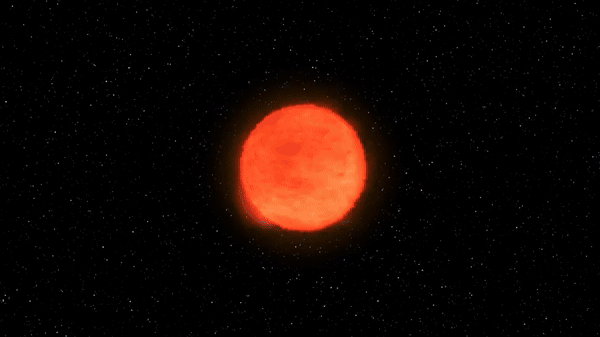Webb Webb News Latest News Latest Images Blog (offsite) Awards X (offsite – login reqd) Instagram (offsite – login reqd) Facebook (offsite- login reqd) Youtube (offsite) Overview About Who is James Webb? Fact Sheet Impacts+Benefits FAQ Science Overview and Goals Early Universe Galaxies Over Time Star Lifecycle Other Worlds Observatory Overview Launch Orbit Mirrors Sunshield Instrument: NIRCam Instrument: MIRI Instrument: NIRSpec Instrument: FGS/NIRISS Optical Telescope Element Backplane Spacecraft Bus Instrument Module Multimedia About Webb Images Images Videos What is Webb Observing? 3d Webb in 3d Solar System Podcasts Webb Image…
Read MoreTag: The Universe
NASA’s Mars exploration plans need ‘paradigm shifts’ to succeed, report finds
NASA has released a new document that highlights planned programmatic paradigm shifts in Mars exploration over the next 20 years. This plan was prepared for the NASA Science Mission Directorate’s Mars Exploration Program (MEP). The report is titled “Expanding the Horizons of Mars Science: A Plan for a Sustainable Science Program at Mars — Mars Exploration Program 2024-2044.” Core questions Highlighted in the document are several “paradigm shift” prospects to further address several core questions, which include: You may like How has the habitability of Mars evolved over the history…
Read More2 huge asteroid strikes 36 million years ago didn’t change Earth’s climate over the long haul, study finds
Two enormous asteroids that struck Earth about 36 million years ago did not cause any long-lasting shifts to our planet’s climate, according to new research. The space rocks, both estimated to be no larger than 5 miles (8 kilometers) wide, impacted Earth within 25,000 years of each other. Geologically speaking, that’s a relatively short period of time, offering scientists a unique opportunity to study how our planet’s climate responded to such an onslaught. Isotopes in the fossils of tiny marine organisms that lived at the time suggest that Earth’s climate…
Read MoreFound: First Actively Forming Galaxy as Lightweight as Young Milky Way
Webb Webb News Latest News Latest Images Blog (offsite) Awards X (offsite – login reqd) Instagram (offsite – login reqd) Facebook (offsite- login reqd) Youtube (offsite) Overview About Who is James Webb? Fact Sheet Impacts+Benefits FAQ Science Overview and Goals Early Universe Galaxies Over Time Star Lifecycle Other Worlds Observatory Overview Launch Orbit Mirrors Sunshield Instrument: NIRCam Instrument: MIRI Instrument: NIRSpec Instrument: FGS/NIRISS Optical Telescope Element Backplane Spacecraft Bus Instrument Module Multimedia About Webb Images Images Videos What is Webb Observing? 3d Webb in 3d Solar System Podcasts Webb Image…
Read MoreNASA tests high-tech software for future mission to search for life on Jupiter’s moon Europa
Artificial intelligence is being developed to provide a robotic brain for a future NASA mission to land on the icy surface of one of the solar system’s ocean moons, such as Europa or Enceladus. The autonomous software is being developed by teams of researchers who are making use of a robotic arm, mimicking that belonging to a lander or rover, and a virtual reality simulation at NASA’s Jet Propulsion Laboratory (JPL) and Ames Research Center, respectively. Imagine that you’re a robotic lander designed to study Jupiter‘s moon Europa, which hosts…
Read More‘Our understanding of the universe may be incomplete’: James Webb Space Telescope data suggests we need a ‘new cosmic feature’ to explain it all
New observations from the James Webb Space Telescope (JWST) have corroborated data from its predecessor, the Hubble Space Telescope, to determine something is missing from our recipe of the cosmos. The JWST conducted its largest survey yet of the accelerating expansion of the cosmos as scientists attempt to discover why the universe is expanding faster today than our picture of its infancy, billions of years ago, says that it should. Currently, scientists theorize that the accelerating expansion is caused by a placeholder element, “dark energy,” but they really need to…
Read MoreAncient cosmic collisions may have birthed the universe’s most monstrous galaxies
Astronomers have discovered that large flows of cold gas created by collisions between galaxies in the early universe may have forged some of the most monstrous star systems. The formation of ancient gigantic galaxies that bulge like footballs compared to our relatively flat spiral galaxy, the Milky Way, has confused astronomers for decades. Now, a team led by scientists from the University of Southampton may have scored a touchdown in this quest. They believe their research may finally solve this long-standing galactic puzzle. “Two disk galaxies smashing together caused gas…
Read MoreNASA Accelerates Space Exploration, Earth Science for All in 2024
With a look back at 2024, NASA is celebrating its many innovative and inspiring accomplishments this year including for the first time, landing new science and technology on the Moon with an American company, pushing the boundaries of exploration by launching a new mission to study Jupiter’s icy moon Europa; maintaining 24 years of continuous human exploration off the Earth aboard the International Space Station, and unveiling the first look at its supersonic quiet aircraft for the benefit of humanity. The agency also shared the wonder of a total eclipse…
Read MoreDwarf planet Ceres could be rich in organics, defunct spacecraft data reveals
Using data from NASA’s now-defunct Dawn spacecraft, scientists have discovered that the dwarf planet Ceres, the second wettest body in the solar system after Earth, could have an interior reserve rich in organic materials — the building blocks of life. The results hint that Ceres may have enough internal water, organic molecules, and the energy source needed for life to exist on the dwarf planet. Of course, that alone doesn’t suggest the dwarf planet is inhabited. Dawn was a mission that explored Ceres, the largest object in the main asteroid…
Read MoreOver 10,000 exploding stars catalogued by groundbreaking Zwicky Transient Facility
The Zwicky Transient Facility has reached an incredible milestone: It has classified over 10,000 cosmic explosions that mark the deaths of massive stars and the feeding frenzies of vampire stellar remnants. These events, called supernovas, are undoubtedly some of the most fearsome and powerful events in the universe. Since 2012, humanity has discovered almost 16,000 supernovas. The Zwicky Transient Facility (ZTF), which began operations in 2017 using the 48-inch telescope at Palomar Observatory, is responsible for almost two-thirds of these detections. That makes it the largest and arguably most successful…
Read More